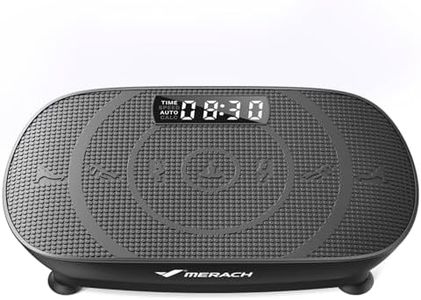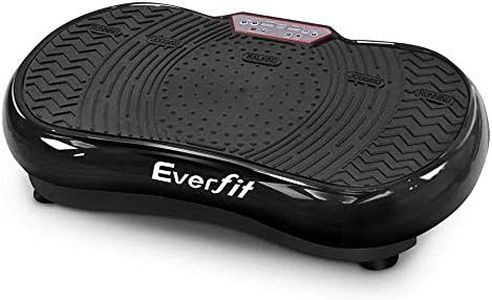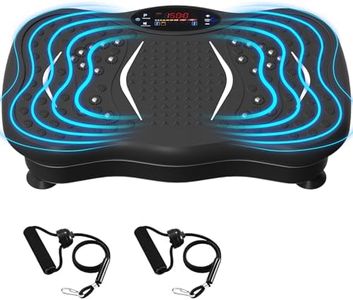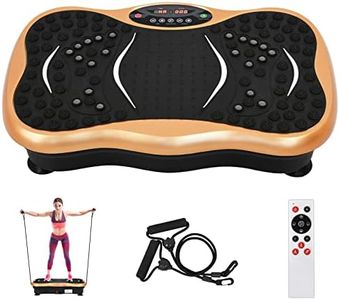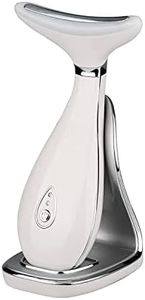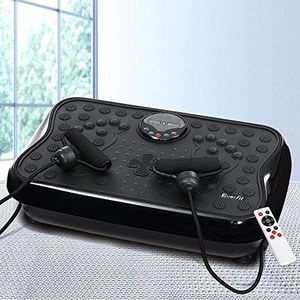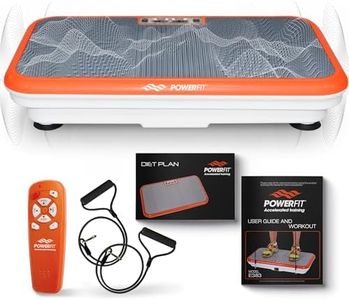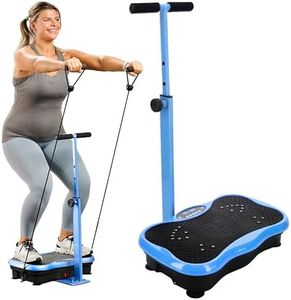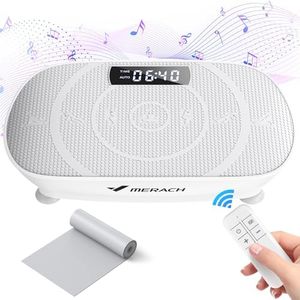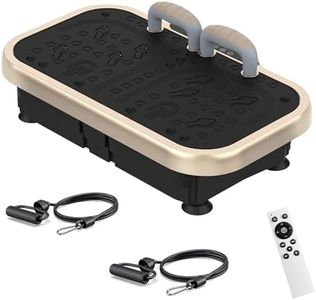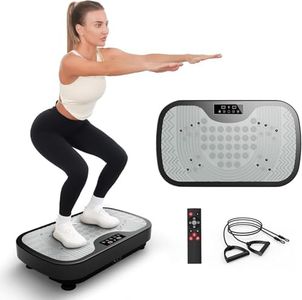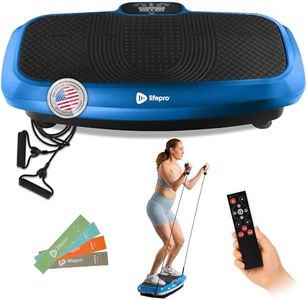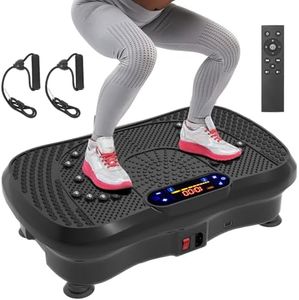We Use CookiesWe use cookies to enhance the security, performance,
functionality and for analytical and promotional activities. By continuing to browse this site you
are agreeing to our privacy policy
10 Best Vibration Machines
From leading brands and best sellers available on the web.Buying Guide for the Best Vibration Machines
Choosing a vibration machine can seem overwhelming with the variety of models and features available. To find the best fit for you, it's important to think about how you plan to use the machine—whether for general fitness, rehabilitation, muscle toning, or weight loss. Understanding the key features of vibration machines will help you match a model to your needs and make the most out of your purchase.Vibration TypeVibration machines generally use either vertical (oscillating), linear (up and down), or triplanar (multi-directional) vibration. The type of vibration affects muscle engagement and user experience. Oscillating platforms create a rocking motion and are gentler, while linear platforms tend to produce stronger muscle contractions and suit users seeking more intensive workouts. If you need gentle stimulation (for rehab or beginners), an oscillating machine might fit better, while those wanting strong muscle activation for fitness may prefer linear or triplanar machines.
Frequency RangeFrequency indicates how many times per second the platform vibrates, measured in Hertz (Hz). Low frequencies (1-12 Hz) are milder and often suitable for therapy or balance, while moderate (13-35 Hz) is useful for general fitness, and high frequencies (36 Hz and up) are more intense, good for experienced users seeking strong muscle activation. Consider your comfort level, age, and fitness goals—start with a machine offering a wide, adjustable frequency range if you want versatility.
AmplitudeAmplitude is the distance the platform moves up and down or side to side with each vibration, usually measured in millimeters. Lower amplitudes offer softer vibrations (around 1-2 mm) and are comfortable for beginners or gentle rehab purposes, while higher amplitudes (3-10 mm) provide a stronger, deeper effect for more intense workouts. Pick amplitude based on how intense you want your sessions to feel and your current familiarity with vibration training.
Platform SizeThe size of the platform determines how much space you have for exercises. Compact platforms are lighter and easier to store but might limit the types of movements you can do, especially if you want to do wide-stance squats or push-ups. Larger platforms provide more room but take up more space in your home. Think about the exercises you prefer and the space available where you plan to use the machine.
Weight CapacityThis is the maximum weight the machine can safely support. Weight capacity varies between machines and is critical for both safety and performance. Using a machine close to or over its weight limit can result in reduced efficiency or even breakage. Always check this spec and choose a machine with a weight capacity comfortably above your own weight.
Display and ControlsA clear display and easy-to-use controls make a big difference in usability. Some machines feature simple button layouts, while others offer touchscreens or preset workout programs. If you value simplicity, look for minimal but intuitive controls; if you want more guided workouts, look for models with a variety of built-in programs. The ideal choice depends on how hands-on you want to be when setting up your workout.
Noise LevelVibration machines vary in how much noise they generate. Quieter machines are important if you plan to use them in an apartment or shared space. Noise level is rarely stated in decibels, but you can often find information in reviews or product descriptions. If low noise is crucial for you, look for machines described as 'quiet operation' or 'low noise.'
